Description
In Hinduism, Goddess Saraswati stands for the faculties of speech and intellect. Saraswata Ghrita, named after the deity, is a potent brain tonic. It bestows the user with competent intellect, memory and speech.
Saraswata Ghrita presents the power of Brahmi or Bacopa monneiri in a nourishing ghee base. Ghees or fats are widely acclaimed for their ‘Sookshma’ swabhava, the capability to reach deep into tissues and the central nervous system. It is efficient in crossing the blood brain barrier and delivering the therapeutic action in the desired sites of action.
Features and benefits of Saraswata Ghrita-
- Saraswata Ghrita is a combination of Brahmi (Bacopa monneiri), Maricha (Piper nigrum), Nisa (Curcuma longa), Amalaki (Embilica officinalis), Vidanga (Embelia ribes), Hareethaki (Terminalia chebula), Pippali (Piper longum), Trivrit (Operculina turpethum), Danti (Baliospermum montanum), Sankhapushpi (Clitorea turnata), Nrpadruma (Cassia fistula).
- Brahmi and Sankhapushpi, both powerful adaptogens, come together in this excellent remedy for habitual stress and mental fatigue. Saraswata Ghrita channelises the flow of prana or ‘life energy’ in the body.
- It improves intellect, memory, attention and focus. Modulates brain activity. Maintains the health and functionality of neurotransmitters and brain tissue. It is invaluable for students and persons engaged in rigorous studying and brain exertion.
- Saraswata Ghrita bestows the power of speech and articulation. It is routinely used in supporting the treatment or stammering, slurred speech, tremors, tics and palsies.
- It efficiently supports the treatment of dementia and psychomotor retardation. Strengthens nerves and the central nervous system.
- It balances Vata and Pitta elements in the body effectively. Saraswata Ghrita also sets metabolism on track. It promotes balanced nourishment of the ‘dhatus’ or body tissues.
- Saraswata Ghrita replenishes and sustains the gut biome. This is vital for children having behavioural disorders in the autism spectrum.
Adult: 7-10 ml of Saraswata Ghrita early in the morning on empty stomach.
Child: 5-7 ml of Saraswata Ghrita once in the morning on empty stomach.
Key Ingredients:
SHUNTI (Zingiber officinalae )
Due to its strong flavor, Ginger is an essential ingredient in many Asian cuisines. Its therapeutic benefits have been recorded in Ayurvedic and Traditional Chinese Medicine. Ginger is a potent anti-nauseatic and is beneficial in treating upset stomach. Gingerol and shogaol, active components of Ginger, suppress gastric contractions. Both the fresh and dried rhizomes of Ginger suppress gastric secretion and reduce vomiting. The compounds 6-gingerol and 6-shogaol have a number of pharmacological properties, including antipyretic, analgesic, antitussive and hypotensive properties.
HAREETHAKI (Terminalia chebula)
Popularly known as Indian walnut for its innumerable benefits or Indian hog plum in English, it is extremely valuable for its role in improving hair health. It is useful for treating scalp infections like dandruff, itching and hair fall. It also strengthens them from the roots, prevents breakage and loss of hair and bestows silky soft smooth hair. Chebulic Myrobalan is one of the three key ingredients in Triphala, a natural compound that provides overall support for digestive function and helps ensure that the digestive tract works at optimal levels. The Ayurvedic Pharmacopoeia of India has documented the use of the powdered herb in intermittent fevers and chronic fevers, anemia and polyuria. Chebulic Myrobalan can also be used to treat gastrointestinal and respiratory disorders.
PIPPALI (Piper longum)
Pippali is known as “Tridoshic” herb as it suits all body types. Thus regular consumption of pippali in suggested quantity can help you to immune your body to quiet an extent. Pippali has Anti-microbial, Anti-inflammatory activity. Consumption of pippali is said to exhibit anti spasmodic action and hypoglycaemic effect which is believed to lower blood sugar level. It is also reported to be antagonist in respiratory depression. Also due to its cooling post-digestive effect consumption of pippali is considered as a safe and effective option to avoid all sorts of digestive disorders.
PATHA (Cyclea peltata)
It is widely used in bone fracture and wound healing. Also used in the treatment of fever and act as a breast milk purifier. Commonly known as Indian moonseed. Enhances immunity and prevents inflammation of the respiratory passages due to its immunomodulatory and anti-inflammatory properties. Used in conditions including infertility, wound, hypertension, and skin diseases.
VACHA (Acorus calamus Linn)
Vacha is a traditional Indian medicinal herb, which is practiced to treat a wide range of health ailments, including neurological, gastrointestinal, respiratory, metabolic, kidney, and liver disorders. The root (rhizome) is used to make medicine. Despite safety concerns, calamus is used for gastrointestinal (GI) problems including ulcers, inflammation of the stomach lining (gastritis), intestinal gas (flatulence), upset stomach and loss of appetite (anorexia The oil is used to treat stomach ailments and mental debility. Joint pains and aches resulting from rheumatism and arthritis are also relieved by Calamus oil.
SIGRU (Moringa olieifera)
It is commonly known as Drum stick tree. Root bark, stem bark, leaves, fruits, and seeds are used for medicinal purpose. Leaf juice is used in conjunctivitis and paste is applied when there is swelling around the eyes. The leaf decoction is internally taken for body ache and dysmenorrhea.
AJAKSHEERA (Goat’s milk)
Goats’ milk is highly nutritious, contains essential vitamins and minerals and higher amounts of potassium, iron and Vitamin A.


 Sign In
Sign In Cart
Cart 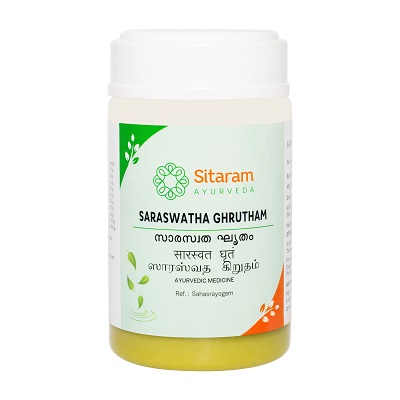
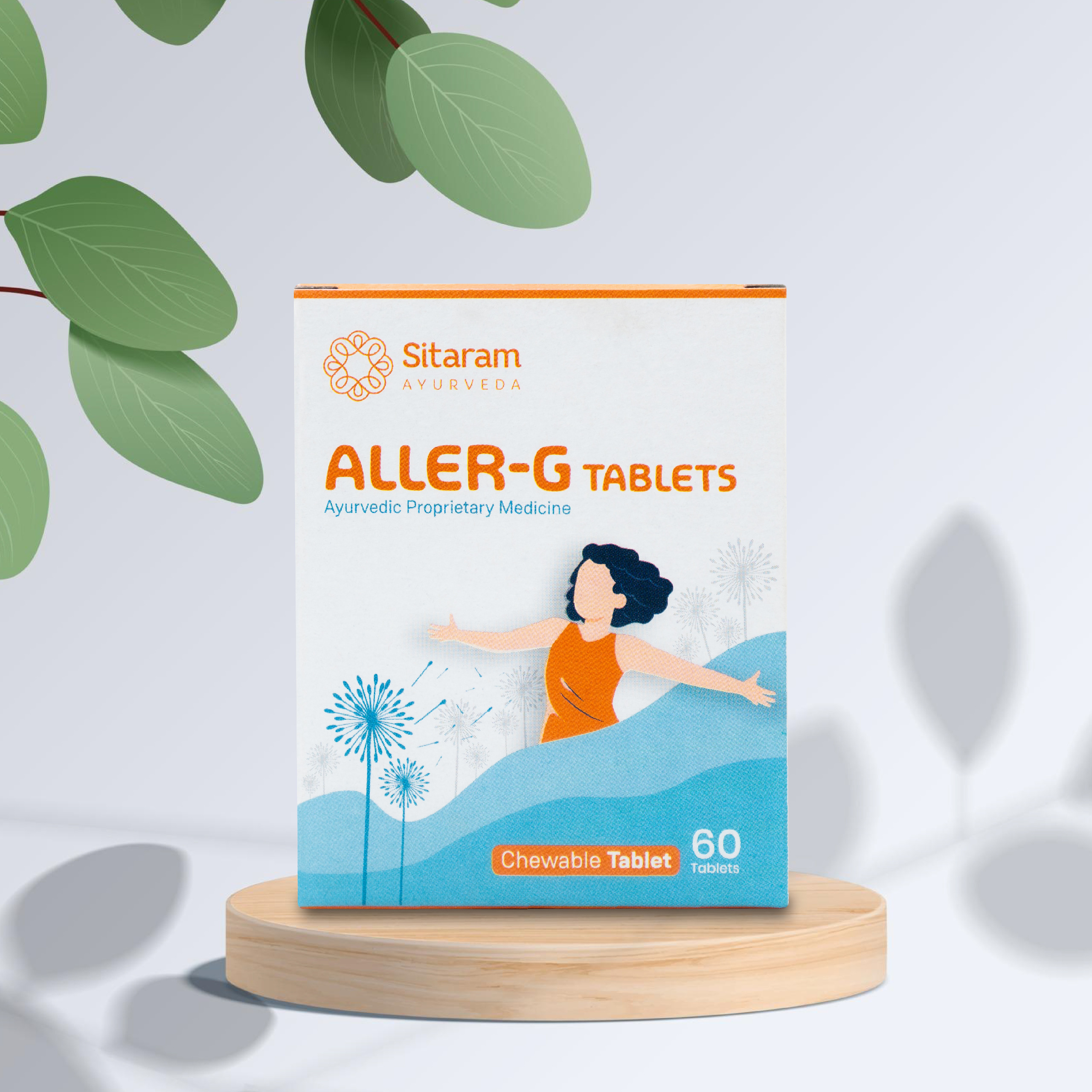
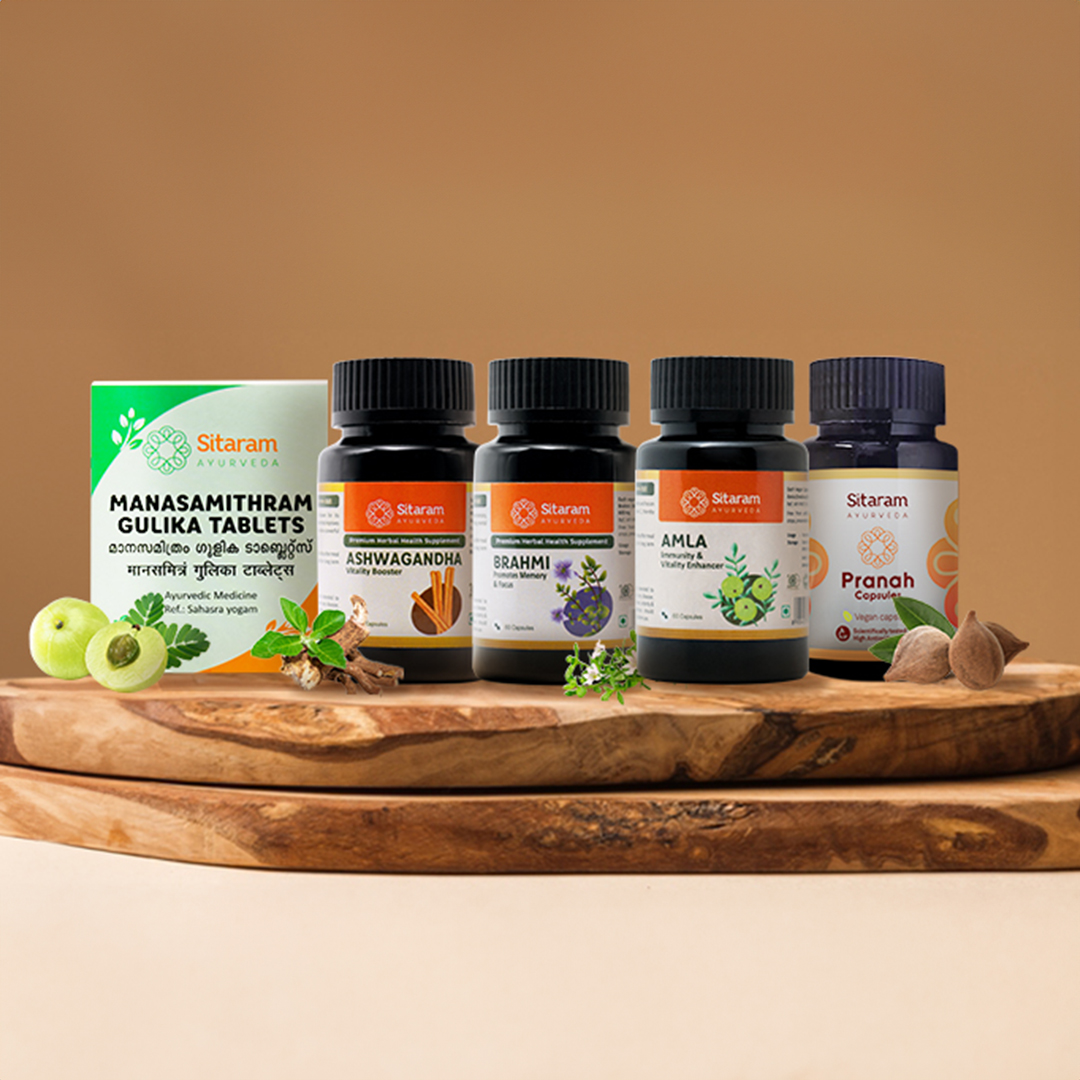
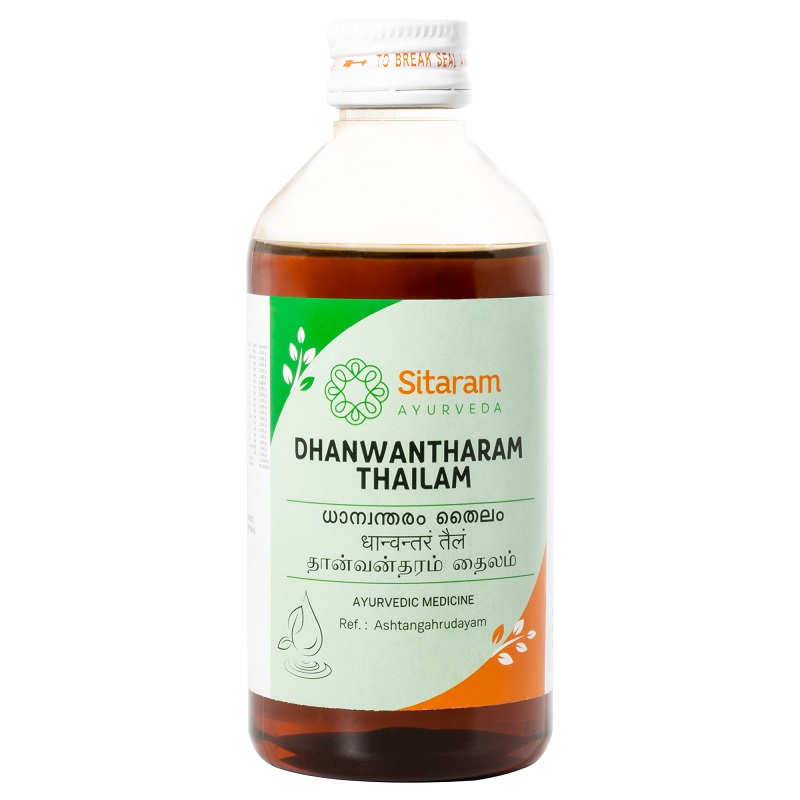
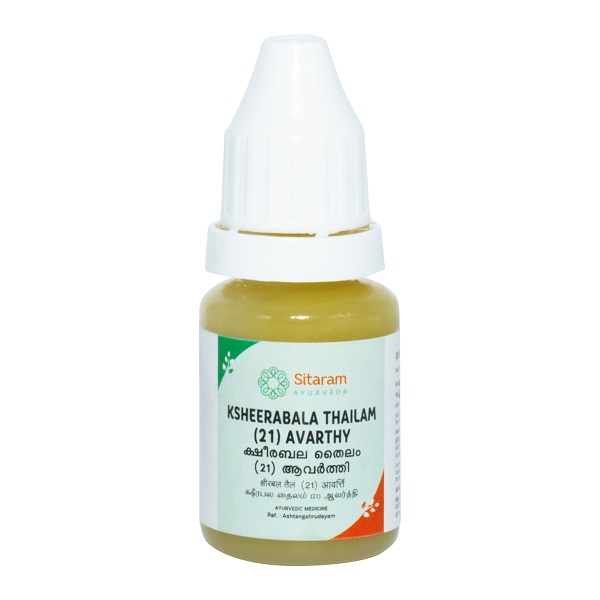
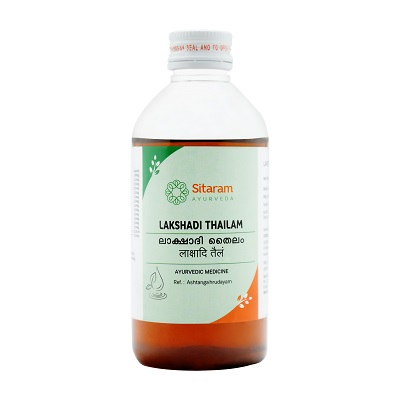
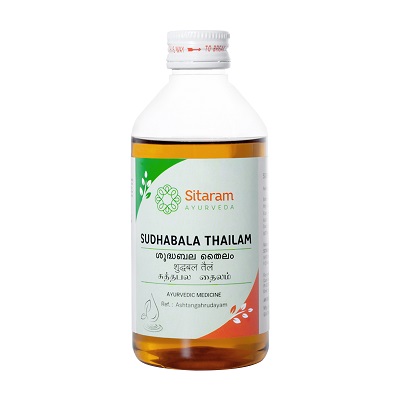
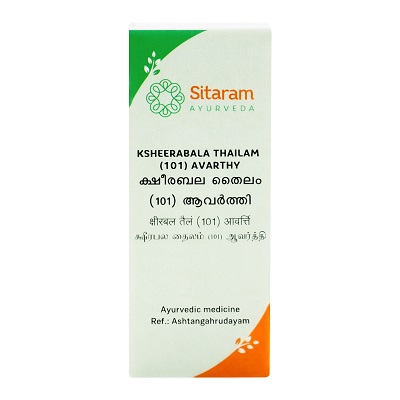
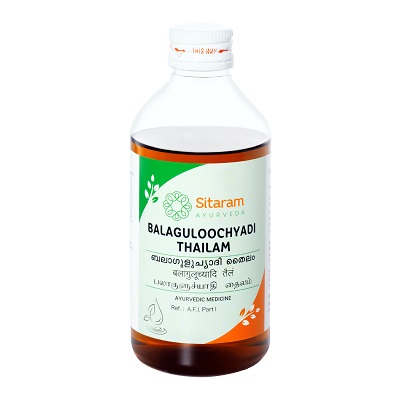
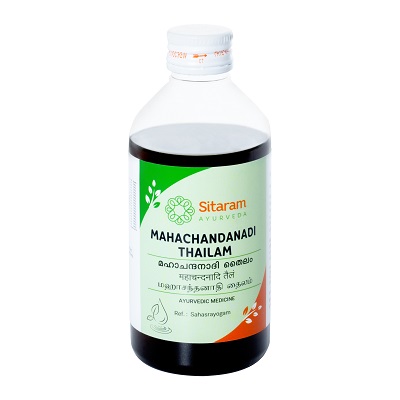
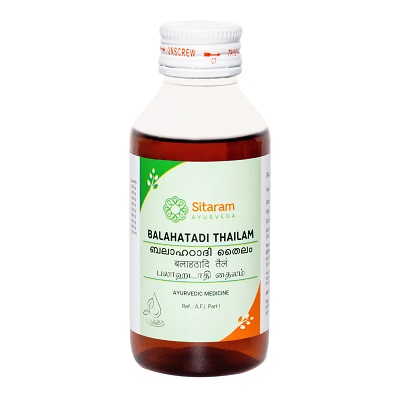
Aditya Deshpande (verified owner) –
Excellent
Himasaila Gb (verified owner) –
Harish Kumari Pandey (verified owner) –
Alok Kumar (verified owner) –